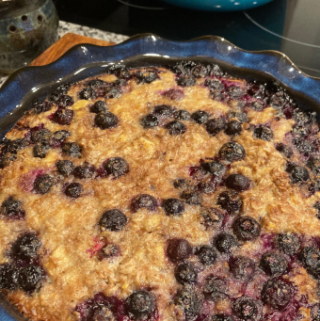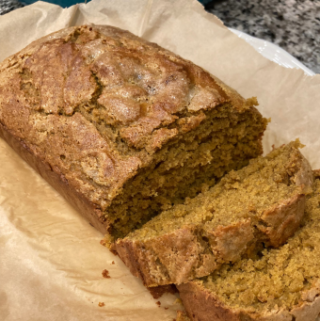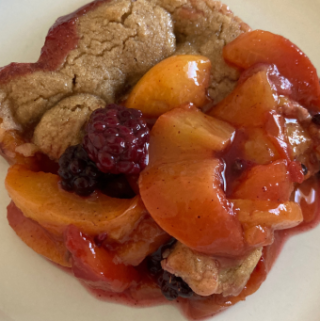
Thanksgiving is right around the corner. It’s my second favorite holiday after Christmas. I love everything about Thanksgiving. I love the days of preparation, the hours spent cooking, the smells wafting from the kitchen, the family time, the football, and the quiet after the meal. As much as I love Thanksgiving and look forward to it every year, I can’t eat everything on the table. I’m strictly gluten free (diagnosed celiac as an adult). I’ve experienced Thanksgiving while on a strict elimination diet. I’ve also experienced Thanksgiving when I was too sick to eat any solid food at all. I’d like to pass along whatever wisdom I’ve gained by experience. If you can’t eat the foods you love at Thanksgiving, this is what I’d do to make the holiday special and also inclusive.
IF YOU HAVE ONE FOOD INTOLERANCE AT THANKSGIVING
There are many people in America who live each and everyday with a personal food allergy or intolerance. It may be Celiac Disease, Alpha-Gal, or an intolerance to something like dairy or peanuts or coconut. Whatever the allergy or intolerance, a shared meal can be challenging. If you have a food allergy, or have a child with one, you know this already. The challenge is real. I recommend that you speak to the person hosting your family’s Thanksgiving meal. I would respectfully ask if you might discuss the planned items and the means of preparation. In a situation like this, I don’t think you need to request that menu items be changed, but rather ask questions to determine ahead of time which items might be “safe” or “unsafe.”
Once you understand which items are “safe” for the one with an allergy or intolerance, look for a recipe or two (or three) that you can contribute to the meal. These offerings are not just for the one with an allergy, but are an additional option for everyone at the table. These recipes should help the one with a restriction to feel included. The goal, then, is for everyone at the table to be able to eat a satisfying meal, without feeling “left out.”
As a personal example, I cannot eat gluten. At Thanksgiving, I can eat the shared turkey and mashed potatoes and salad. I cannot eat the stuffing or the rolls or the pumpkin pie. Those are three of my favorite things, so every year, I make a contribution of paleo stuffing, gluten free yeast rolls, and gluten free pumpkin pie. While most everyone at the table chooses the regular yeast rolls and pumpkin pie, my contribution of paleo stuffing has become a family favorite. Everyone enjoys it each year.



IF YOU ARE ON AN ELIMINATION DIET AT THANKSGIVING
An elimination diet is much more challenging to handle than a single food allergy or intolerance. At one time in my past, I was on AIP (The Auto-Immune Protocol) at Thanksgiving. This meant that I was actively avoiding all grains, dairy, nightshades (potatoes, tomatoes peppers, etc.), legumes, nuts, seeds, and eggs. So what could I eat? Vegetables. Fruit. Meat. That year, my sister-in-law was gracious enough to be sure the turkey was compliant for me. This meant that she eliminated her usual butter and used herbs that were safe for me. Beyond the turkey, I made sure to contribute a few vegetable dishes to the meal. These were recipes that I could eat, and everyone else might enjoy as well. If my memory is correct, I made roasted Brussels sprouts, ginger carrots, and pan seared green beans.
With an elimination diet, you may find that it’s necessary to prepare most of your food at home. If this is what it takes to feel included at the table on Thanksgiving, do it. And remember, an elimination diet is temporary. You will not need to do this for the rest of your life.
When I was on an elimination diet at Thanksgiving, I used recipes like these linked below:
IF YOU CAN’T EAT ANY OF THE FOOD SERVED AT THANKSGIVING
Another year, at yet another Thanksgiving, I found myself on an elemental diet. This means that I was not able to eat solid food, but could only drink a pre-prepared liquid to fulfill my nutritional needs. This was by far the hardest year for me to navigate. There’s a social component to any meal. When you share food with others, you partake in a moment of mutual nourishment. That’s a fundamental form of connection. When you can’t eat, there’s definitely a feeling of isolation. That connection is missing.
I remember sitting at the table while everyone else ate their Thanksgiving meal. I was there for the conversation. I was there for the moment – the feeling. Even as I tried to focus on the people over the food, I felt sad. After the meal, I retreated to a quiet room for a good cry. That Thanksgiving was just hard. There’s no way around it. But even as I cried, I thought about my aunt. She underwent treatment for throat cancer. The radiation left her unable to eat…permanently. She lived for more than a decade without the ability to eat solid food. (She received all of her nutrients through a tube to her stomach.) My aunt endured thousands of meals without that connection that I was so pitifully mourning. She endured and still managed to smile. She laughed.
If you can’t eat any of the food served at Thanksgiving, you can still rejoice in the relationships that brought you to the table. You can give thanks for another day of life. You can bring joy to the table. You can share in the laughter. This isn’t easy, but it’s possible. Were I to face another year without solid food, this would be my goal.

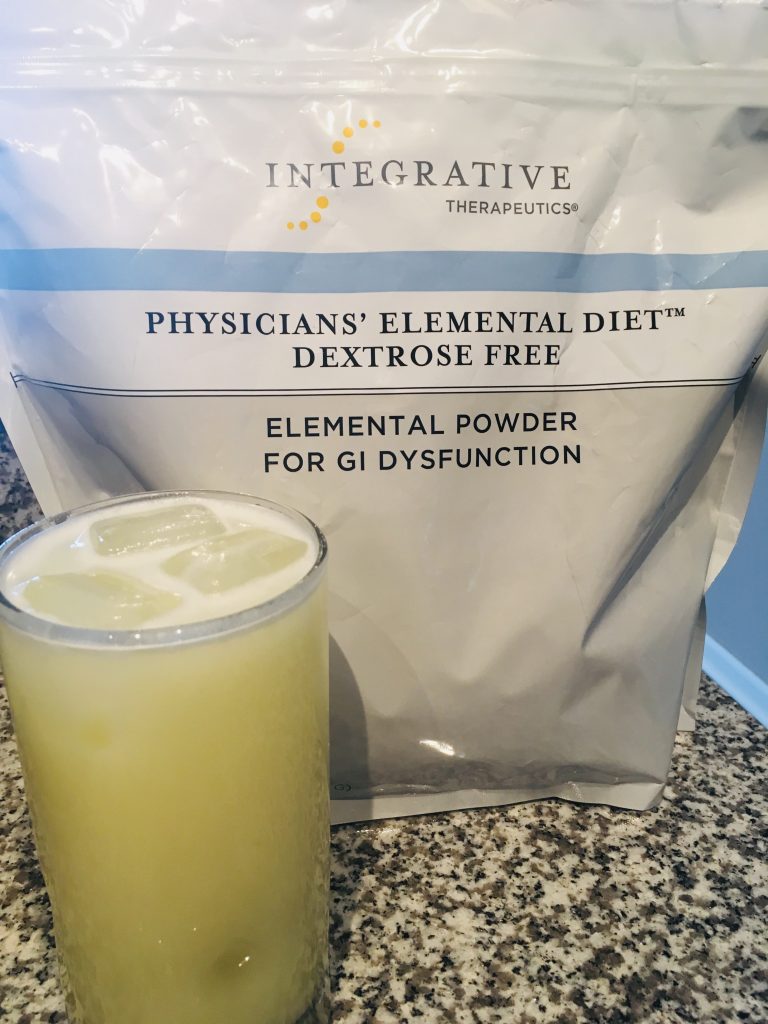
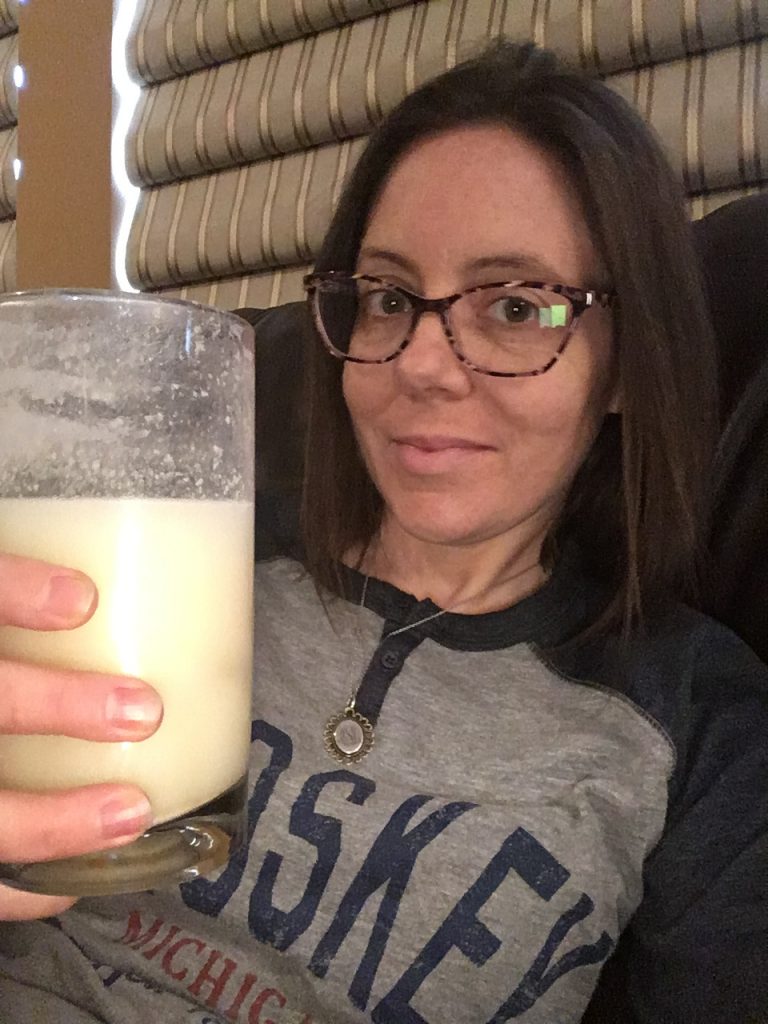
IF OTHERS DON’T UNDERSTAND OR RESPECT YOUR NEEDS
I’m so grateful that my family has been understanding of my dietary needs. I have never been belittled or questioned. I know this is not true for everyone. It’s not this way in every family. Some people with food allergies or intolerances are disrespected. They are disparaged and sometimes their need is completely ignored. If this is you, I’m sorry. If others don’t understand or respect your needs, do everything you can to protect yourself. If need be, provide all of your own food at Thanksgiving. If this were my situation, I would bring my own meal and also contribute one dish for everyone else to share. As best as you can, extend grace to others, even when it’s not expressed toward you. Harboring bad feelings or dwelling on the hurt will only take away from your joy that day.
ABOVE ALL, EAT WITH A HEART OF GRATITUDE
The way in which we approach our food matters. Eating while rushed or angry or fearful can prompt our fight or flight response to engage. An activated fight or flight response will cause the body to release stress hormones. This process inhibits proper digestion by diverting energy into perceived “survival” functions rather than breaking down food. While food may still move where it needs to go, there are likely to be symptoms of digestive distress along the way. I say all of this for a reason. It does not serve your body to fear the food that’s served at Thanksgiving. If you’ve chosen to eat something provided by someone else, do so with joy and confidence, not fear. No matter what you choose to eat this Thanksgiving, slow down, take a deep breath, and eat with a heart of gratitude.



